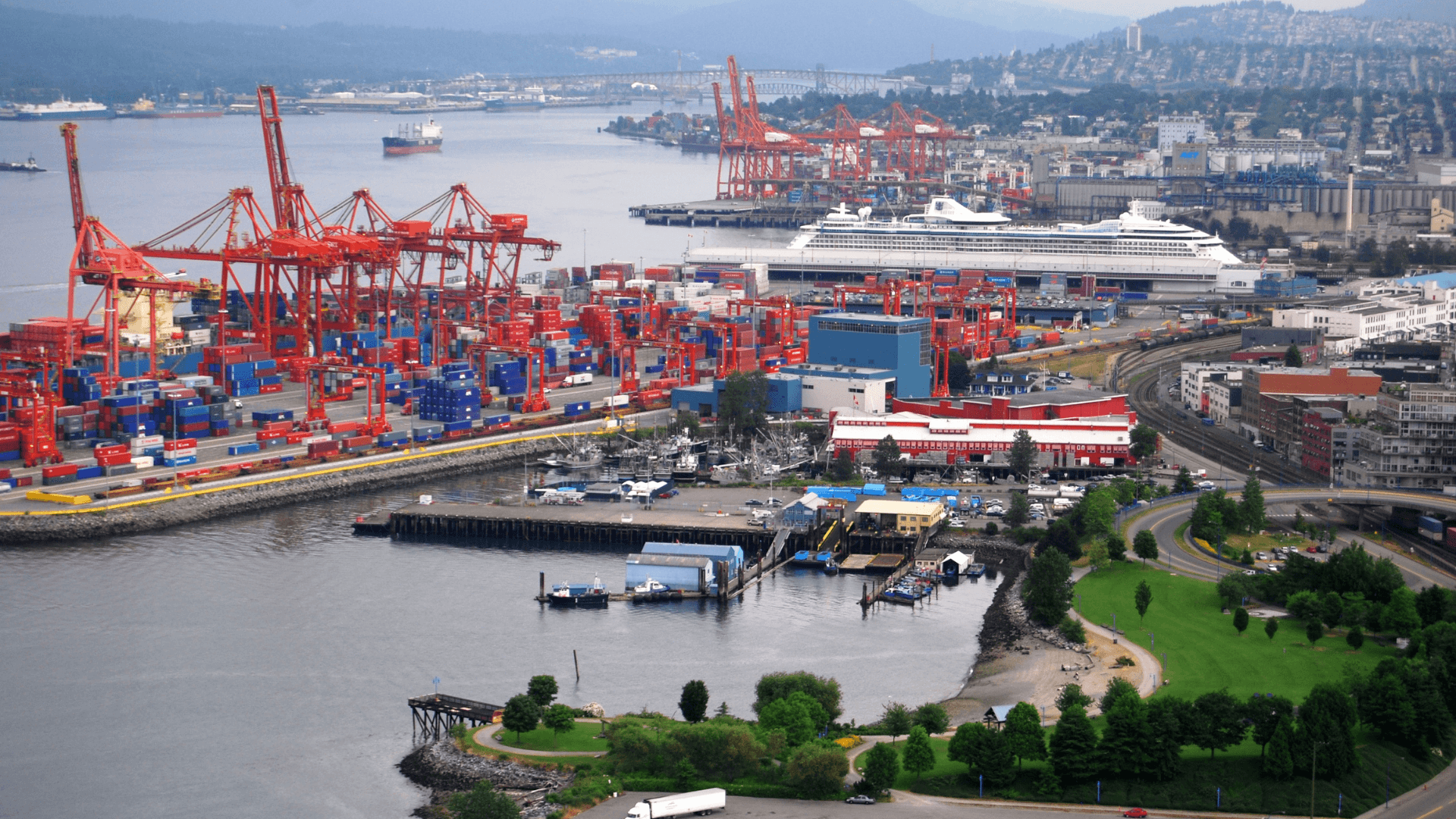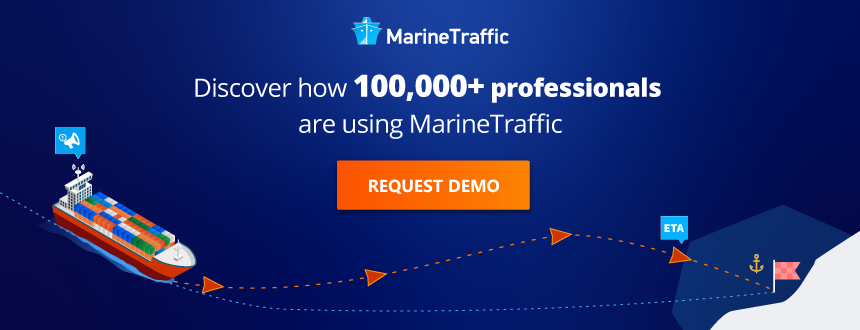Photo: Vancouver and its port was cut off from the rest of the country earlier this month when roads and railways surrendered to flooding (Image: Shutterstock/ Lissandro Melo)
At the beginning of this month (November) Port of Vancouver posted a story on its website about its plan to be zero-emissions by 2050. It cited its renewed commitment to the Northwest Ports Clean Air Strategy and highlighted its numerous initiatives that focus on clean technology, low-emission and quiet ships and tenant environmental awareness.
This is a port that aims to be the most sustainable in the world, and yet over the past five months the province in which it is situated, British Columbia (BC), has been hit by two major environmental emergencies.
In June it suffered a record-breaking heatwave that saw temperatures rise to 56.1 degrees C, and in November a month’s worth of rain fell in two days causing flooding and landslides that have cut off communities and infrastructure including the port, impacted industry and trade, and killed four people.
In October BC also experienced the third worst wildfires in the province’s history.
The port and also the province (which has committed to 80% emissions reduction by 2050), may be taking a bold stance against climate change, but have been at the sharp end of global warming over recent months.
“In the last six months, B.C. has both burned and drowned. So there’s really no greater evidence of climate change right now than here in British Columbia,” said Merran Smith, the executive director of Clean Energy Canada, a climate program at Simon Fraser University in Vancouver, told the New York Times.
The Port of Vancouver is Canada’s largest port and the fourth largest in North America by cargo tonnes. In the first half of 2021 it handled a record high of 76.4 million metric tonnes of cargo – an increase of 7% on the previous year. It is a vital exporting centre for the country’s grain products and a major port for containerised cargo imported from Asia. These goods are transported to and from the port’s hinterland via a network of 680 km of railway and 1,560 km of major truck routes.
The torrential rain and subsequent flooding cut off the transport corridor, including rail and road, between Vancouver and the Fraser Valley and the rest of BC and Canada.
On 19 November the port said that debris removal and repairs were taking place and on the marine side that “Anchorage demand is high and nearing capacity across all vessel types”.
The impact on trade flows at such an important Canadian port will significantly affect the country’s economy, economists have reported. Trevor Tombe, an associate professor of economics at the University of Calgary wrote on Twitter on 17 November: “ Based on the latest data for 2017 and extrapolated forward, I estimate roughly $300-350m is traded between BC and the rest of Canada per day by road or rail. That’s $2-2.5b per week. Not to mention vastly larger direct damages. This is massive.”
The MarineTraffic Port Congestion tool shows how waiting times – both median waiting times at port, and at anchorage – have been shaped over the past few weeks.
The week of 15-21 November shows a median time at anchor of just under two days – a fairly typical period in comparison with the previous ten weeks. Median time spent at the port was 3.4 days, and a slight increase on previous weeks which tended to sit around 2.5 days on average.
The greatest dwell time was 5.5 days between 1-7 November, possibly due to a rare tornado off the coast of Vancouver on 6 November.
The overall volume of arrivals and departures in November until the 22nd of the month shows more clearly how port operations have been affected.
The number of departures and arrivals were down by 30.65% and 31.73% respectively. These calculations were based on data from 1 to 22 September and the same days in November.
Port of Vancouver – vessel arrivals and departures (Source: MarineTraffic)
| Month | Number of arrivals | Number of departures | ||
| Full month | Up until 22nd of month | Full month | Up until 22nd of month | |
| September | 309 | 228 | 303 | 220 |
| October | 364 | 274 | 362 | 271 |
| November | – | 190 | – | 196 |

Amid the disheartening news of relocated towns, economic challenges and loss of life, the port is sending out positive messages. It announced that a set of improvements to the North Vancouver Mountain Highway are now complete and open to port traffic – which the port authority says will enable easier trade and support a projected growth in cargo figures.
The region’s experience of past months, however, highlights the need for a global effort to reduce emissions and that those who feel the impact of climate change the most are not always the worst polluters.

